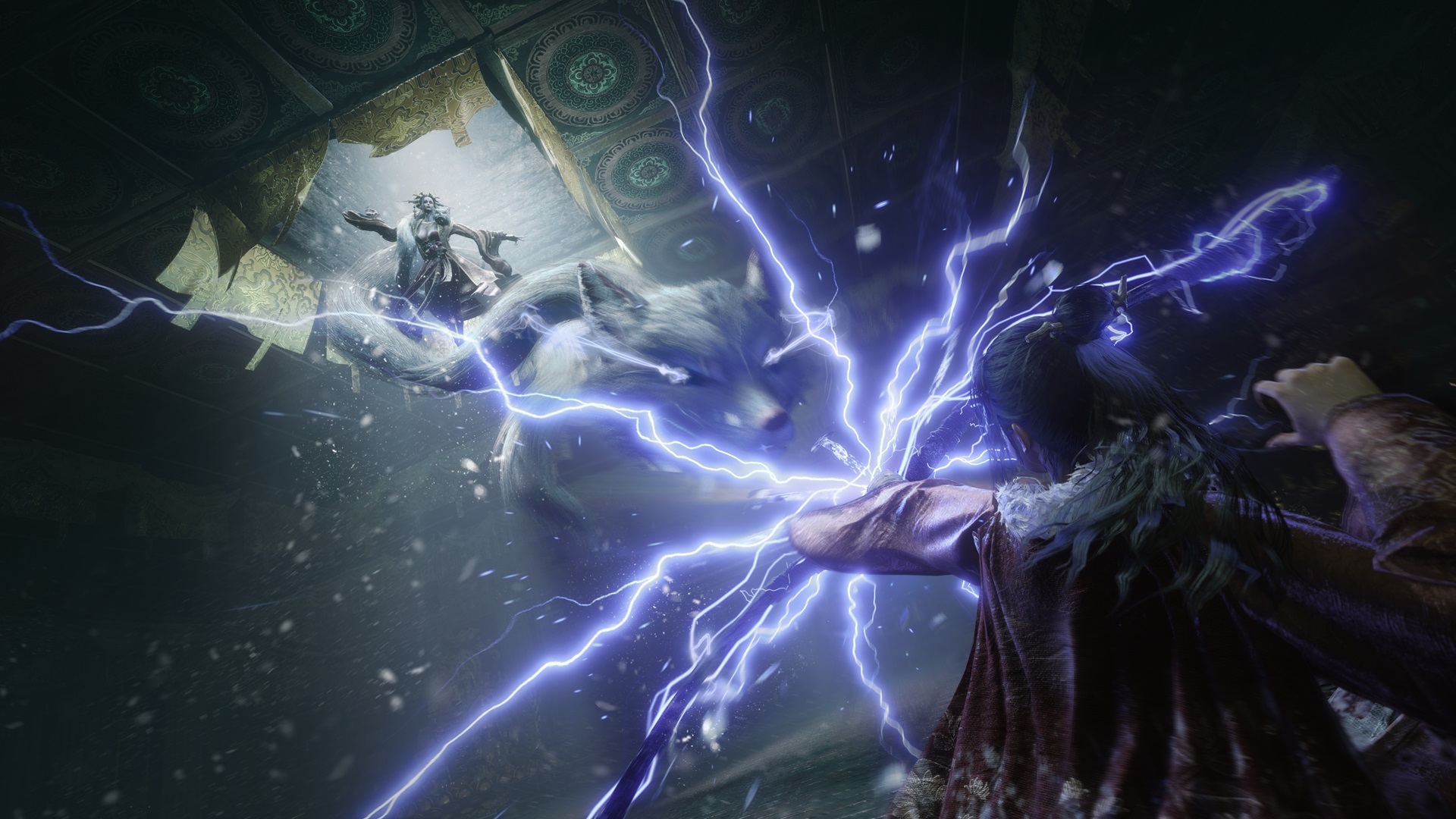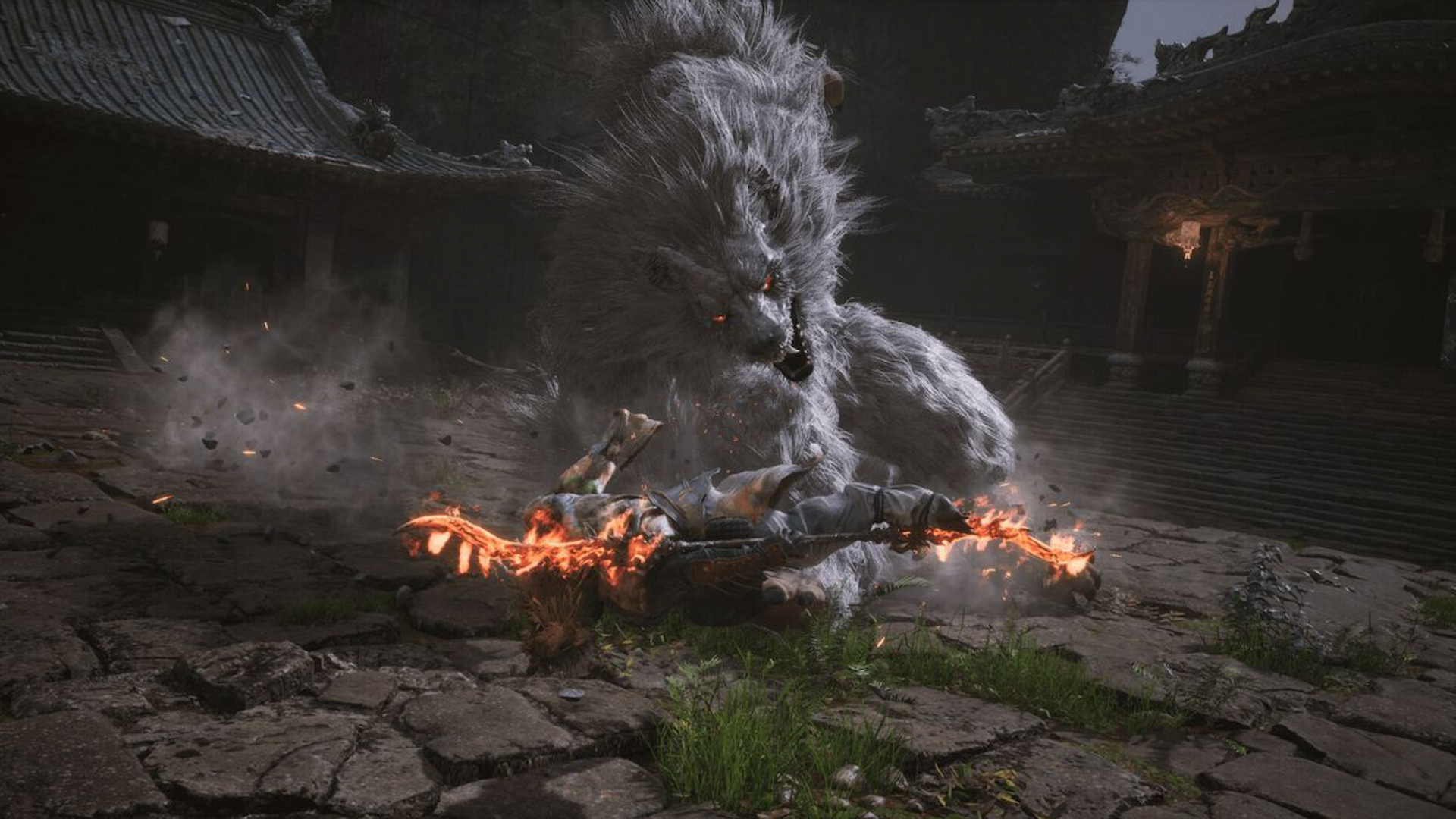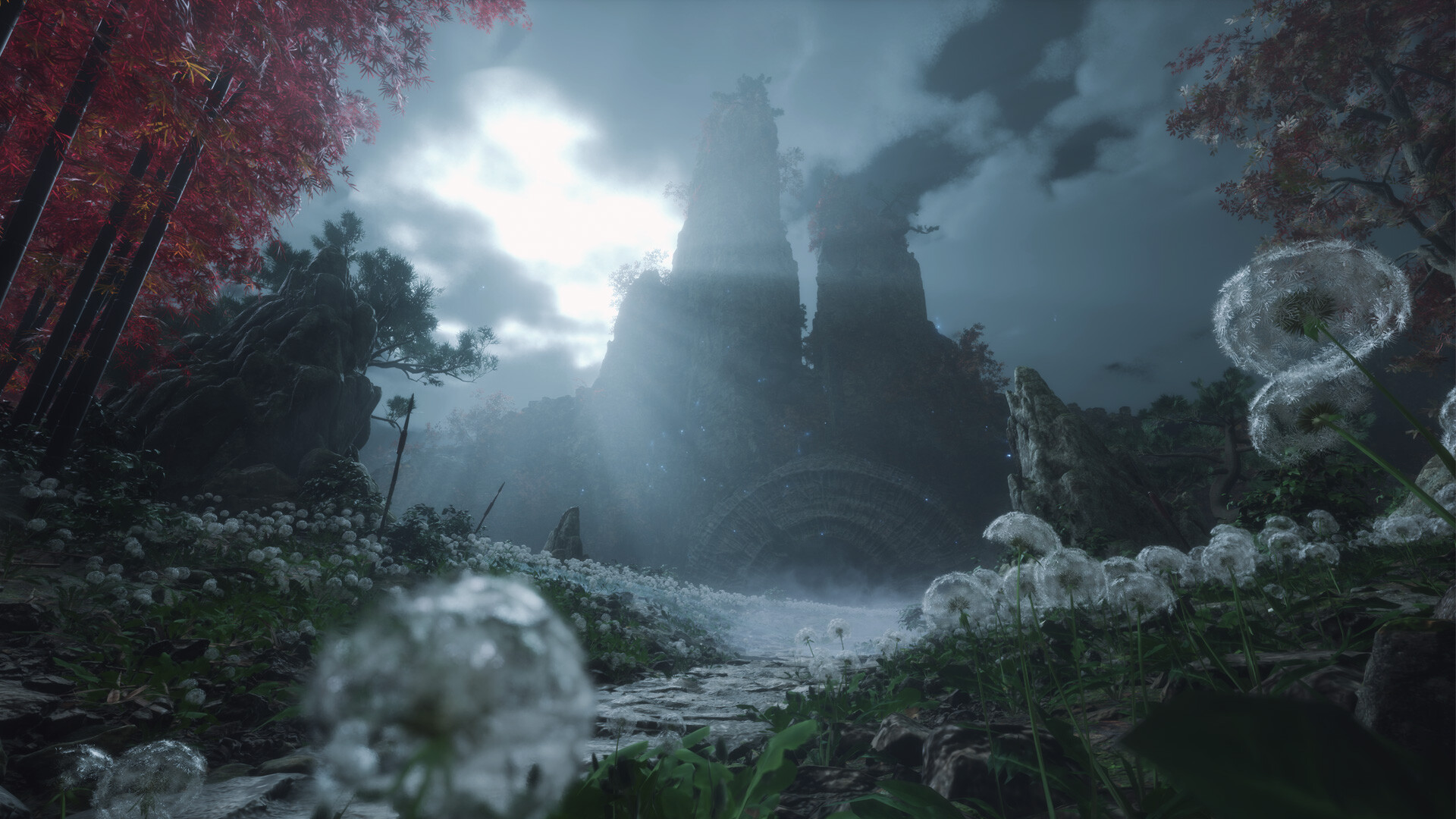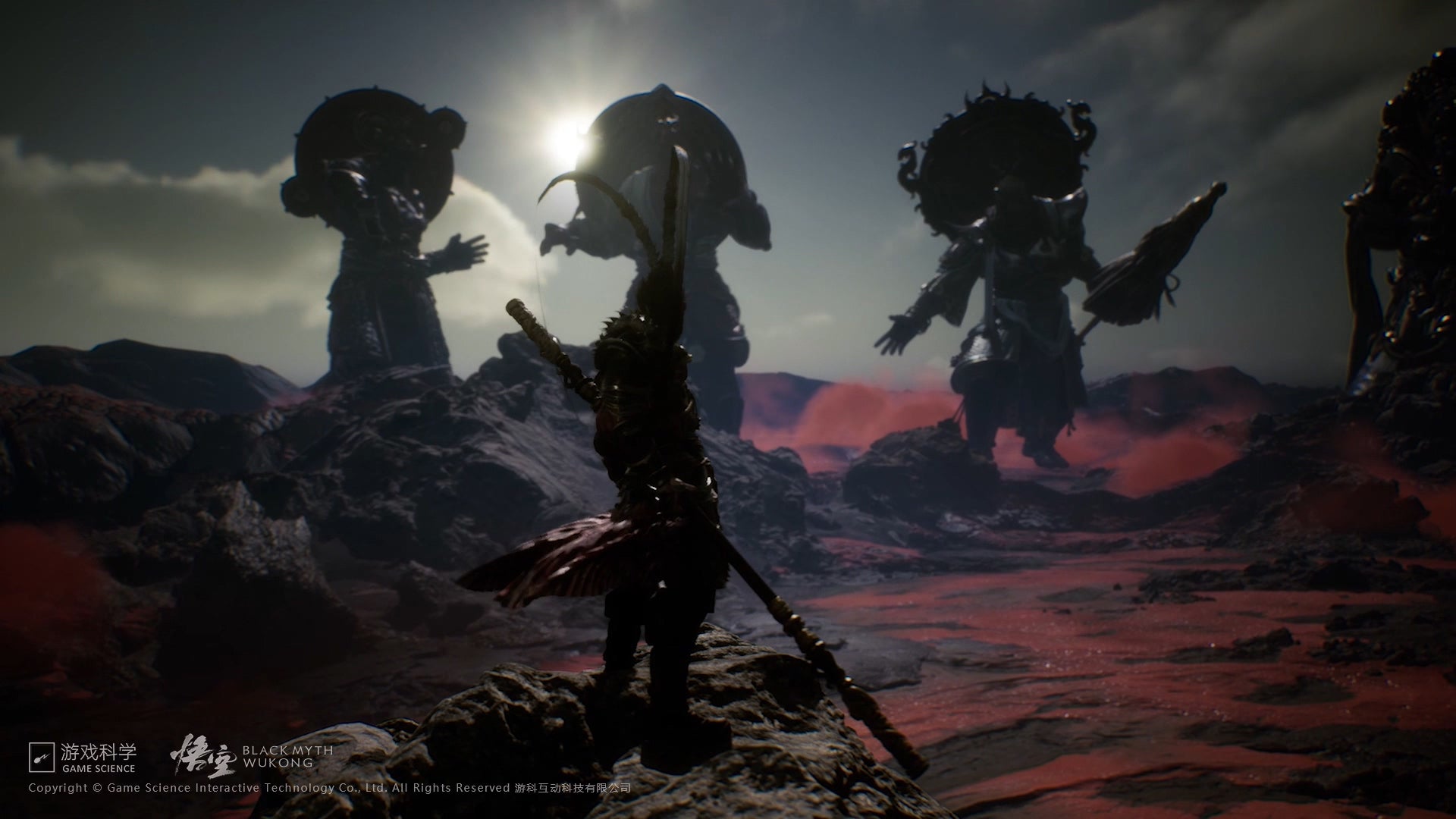Wuchang: Fallen Feathers vs. Black Myth: Wukong – Here’s What Separates Them
Souls-likes and action RPGs come and go, and as the Summer of Gaming showcased, there are plenty of new titles in both genres to tide fans over for a long time. Wuchang: Fallen Feathers by Leenzee Games is the most imminent, launching on July 24th for PS5, Xbox Series X/S, and PC. From its announcement in September 2021 to now (and a subsequent jump to Unreal Engine 5 later), it’s shaping up into something special. The question is: How does it compare to Black Myth: Wukong, which also dabbles in action RPG and Souls-like mechanics? Let’s find out by comparing their 15 biggest differences.
Settings
[embedded content]
Despite both titles employing some fantasy elements, their settings differ significantly. Wuchang: Fallen Feathers unfolds in the Land of Shu, a real ancient kingdom that eventually became the Sichuan Province. It was during the late Ming Dynasty, which enjoyed a significant ruling period from 1368 to 1644 but eventually collapsed. This isn’t to say that Wuchang is historically accurate. Some historical figures appear, but the setting diverges from the real world Shu.
Black Myth: Wukong, meanwhile, is based on the novel Journey to the West. All of its locations – from Black Wind Mountain to Yellow Wind Ridge and the Flaming Mountains – are fictitious. Still beautiful, though.
Weapon Types
Wukong’s trusty weapon throughout Black Myth is the stave. There’s plenty of variety in the 21 different options, especially since the majority have unique skills that either enhance your stances, techniques and combos or create lava bursts, spines that hit nearby foes, and so on. Wuchang has multiple weapon types, from spears and clubs to two-handed swords and even a flamethrower. There are 25 unique weapons in total, each with unique skills (including a sick counter where Wuchang jumps back and tosses a spear at an enemy).
Stances vs. Weapon Switching
Despite the lack of different weapon types, Black Myth: Wukong offers three stances, each with unique functions that you can switch between at any time. If you played a decent amount of Wo Long: Fallen Dynasty, you’ll notice that Wuchang employs the same lack of stances. However, you can switch between two equipped weapons, which results in different effects.
Parries, Counters, and Dodges
Wukong is notable for not having a dedicated parry button, instead asking players to focus on Perfect Dodges (which restore Focus on top of other benefits). You eventually unlock options to counterattack, namely with Smash Stance’s Resolute Counterflow and Thrust Stance’s Lucky Strike, but these must be unlocked. Wuchang is also heavily reliant on dodging, and while you can parry, it’s weapon-specific (and even must be unlocked on certain types). Not all weapons can block either, but you can ignore both defensive options and beat the game by just dodging, even if it’s not recommended.
Skyborn Might vs. Qi and Focus
While Wukong has Focus and Qi, the latter required for using Spirits and Transformations, Wuchang relies on Skyborn Might. It’s accrued in much the same way as Focus – by performing a Perfect Dodge, known as a Shimmer, against enemy attacks – and spent to enhance the weapon’s skills and charged strikes.
Spellcasting
Wuchang also offers 40 different spells with no restrictions – at least based on gameplay and impressions. You can equip four at a time and integrate them into your combos as you please. Wukong only offers six default spells, grouped under Mysticism, Strand, and Alteration, and you can equip one of each type. However, you also have Transformations and Spirits, which both require Qi.
Transformations vs. Madness
Transformations in Wukong each have different kinds of attacks and abilities, and though they consume Qi like Spirits, they have a separate meter that indicates their duration. In Wuchang, there’s Madness. If you take damage or even die, Wuchang will be afflicted with the Feathering disease’s Madness, which increases damage dealt but also damage received.
You can increase it further by slaying human foes, and at higher levels, new abilities and weapon skills become available. The biggest tradeoff of Madness, however, is that dying at higher levels will spawn an Inner Demon. It guards your dropped currency and must be defeated to get it back (though it also attacks nearby enemies, which can be used to your advantage). If you’re feeling especially confident, Wuchang can also use items to raise her Madness, and there are even Madness-focused options in the skill tree.
Skill Trees
Wukong offers multiple paths of progression – Foundation for improving your Stamina, Survival and Martial Arts; various upgrades for the three Staff Stances; Mysticism, Alteration, and Strand for improving various spells; and Transformations, where you can improve the Talents of different Alteration Spells. By comparison, Wuchang dumps everything into one massive skill tree, including skills, stat upgrades, and more. 505 Games brand community manager Stephen Takowsky told the Iron Lords Podcast at Summer Game Fest that it’s not quite Path of Exile 2 in terms of scale, but it’s “up there.” Fortunately, like Wukong, respeccing in Wuchang is free.
Buildcrafting
Both games approach build-crafting in slightly different ways. While Wukong has Spirits, Transformations and different Stances that you can choose to focus on, the core playstyle is still heavily reliant on melee combat with a single weapon type. Wuchang lets you mix and match weapon types to create different combos and throw in a few spells if you please. However, if you want to focus purely on melee combat or spell-casting, you have that freedom.
Seamlessly Interconnected vs. Separate Regions
Those starved for a Dark Souls 1-like world that’s seamlessly interconnected may get a kick out of Wuchang. Paying attention to landmarks and discovering shortcuts is emphasized over simply checking the map. In TechRadar’s preview, Xia said the team wanted “a hub-based exploration system that allowed players to traverse the same areas from multiple directions to create varied experiences for different playstyles.” This would certainly tie into the “non-linear” order of tackling bosses.
Wukong, on the other hand, doesn’t seamlessly connect the regions across its various chapters. However, you can fast-travel back to previously cleared regions, and there are secret areas in each.
Open-Ended vs. Non-Linear
While progressing through Wukong’s story chapters involves defeating its main bosses in a pre-determined order, you can veer off the beaten path and tackle optional threats whenever you please. Secret areas await to be discovered, some with multiple bosses that may overwhelm you. In Wuchang: Fallen Feathers, however, the story promises a “non-linear experience,” per Takowsky in an official preview video. It’s up to the player which bosses they’ll tackle first, but it’s unknown how this affects the overall flow of the plot.
Multiplayer
Wukong is a primarily solo experience. Yes, some NPCs may aid during specific side quests, but for the most part, it’s you versus the world. Wuchang is similar in that some decisions may cause NPCs to provide help at certain moments, but it also supports multiplayer. Leenzee hasn’t outlined those features and whether they’re the asynchronous spirits of Souls-like past or full-on co-operators, but it’s still intriguing.
Playtime
“Meaty” is a good way to describe Black Myth: Wukong, as finishing the story takes about 38 hours on average and 48 hours while pursuing side content, according to HowLongToBeat. However, completionists will require at least 67 hours for everything. Wuchang is no slouch, requiring about 40 to 60 hours for an average playthrough. Granted, we won’t know until experiencing it ourselves if that’s only the story or includes some (or all) side content, and so on, but it’s a lengthy experience regardless.
Number of Endings
Depending on how thoroughly the side content in Wukong is completed, you can unlock the true ending to go along with the default. Wuchang also has multiple endings but more than three, which are “completely different” and offer “completely different fates,” implying some are less fortunate than others. Nevertheless, the approach is seemingly more Dark Souls-like, where depending on the side quests completed, you can opt for a different outcome. While you could run through and “kill everything” while “dismissing all narrative threads,” as game director Siyuan Xia highlighted in TechRadar’s preview, you’ll still have to face the consequences.
Price Differences
Finally, perhaps the most noticeable difference is that Black Myth: Wukong costs $60 while Wuchang: Fallen Feathers is $50. The latter also has the distinction of being available on Game Pass – try (or beat) before you really buy. Dare we hope for another Expedition 33-style value-for-money experience?






Comments are closed.